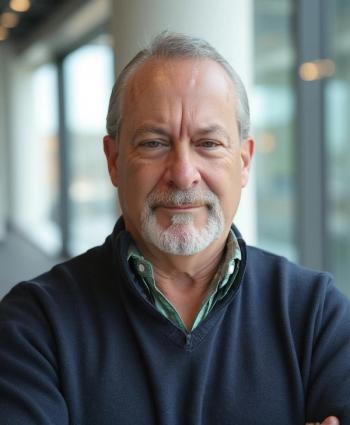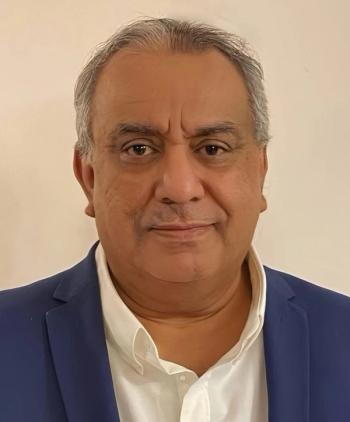
Addressing social determinants ‘the right thing to do’
Internists urge focus on non-medical factors to truly drive patient improvement, promote health equity
It’s no medical breakthrough that different patients respond to the same medication differently.
But it is now becoming more obvious that different patients will also respond to the same treatment plan differently due to external conditions.
Those non-medical factors–ranging from access to transportation to income to simply where they reside–are commonly referred to as social determinants of health. And according to the American College of Physicians, the medical society representing internal medicine physicians, it’s time to acknowledge these determinants are major influencers in a patient’s road to wellness.
“This is about your zip code, not your gene code,” ACP President Jack Ende, MD, said during the society’s annual conference, held this year in New Orleans. “Where a person is born and what the social determinants of health are for them can have very, very significant outcomes on health.”
Ende’s comments come on the heels of
• support for increased efforts to evaluate and implement public policy interventions;
• support for adequate and efficient state, federal, tribal and local funding to address social issues;
• recommendation to adjust quality payment models and performance measures to reflect the increased risk of caring for disadvantaged patients; and
• promotion of social determinants of health lessons into medical education.
“We need to teach people how to do this,” said Sarah Candler, MD, MPH, chair-elect of the ACP’s Council of Resident/Fellow Members. “We need to acknowledge social determinants and know that not everyone has the same opportunities, but also have policies to teach [physicians] how to look for them and policies to address them.”
Entering his third decade of medical practice, Ende noted he learned nothing about social determinants of health in medical school. This resulted in him, and many of his peers, “missing the big picture” for their patients.
Hearing what patients are saying
Candler practices at the Michael E. DeBakey VA Medical Center and talked about the challenges she faces everyday with her patients in improving well-being, but also taking social factors into account before, during, and after a visit.
“As a primary care doc, I tell my patients all the time that my job is to keep them as healthy as they want to be for as long as they want to be that way,” she said. “Unfortunately, it’s disappointing to know that sometimes my patients can’t get there because of some of these social determinants of health.”
Candler discussed the “homework” she gives patients and tasks they can perform to keep them healthy between visits, but also acknowledged she has some extra learning to do as well. That can range from asking a recently diagnosed diabetic how taking insulin will fit into their job functions or asking about transportation to ensure critical prescriptions are filled and taken.
“It’s my job as a doctor to make sure my patients’ voices are heard when they don’t have those things,” she said. “I think it is my job, as a doctor, to look for those reasons my patients may not be able to have the same opportunities for health.”
Former acting assistant secretary for HHS and National Coordinator of Health Information Technology, Karen DeSalvo, MD, MPH, put the need to address social factors bluntly.
“It’s the right thing to do to understand social challenges … and work with our community partners,” DeSalvo said. “Yes, there is also a business case, but it’s what we should do.”
DeSalvo told Medical Economics that the ACP’s work means a lot to her given her time as health commissioner for New Orleans following Hurricane Katrina as well as in her newest role, as president-elect of the Society of General Internal Medicine, an organization dedicated to internal medicine research and teaching.
“I want to see that we just don’t care about it, that we take action around social determinants,” she said. “That means coming up with strategies that make sense in the clinical environment and building partnerships and that we change policy. … And I want physicians to be educated and be sure we keep the humanity in what we do as doctors. I want it to be a priority.”
Newsletter
Stay informed and empowered with Medical Economics enewsletter, delivering expert insights, financial strategies, practice management tips and technology trends — tailored for today’s physicians.














